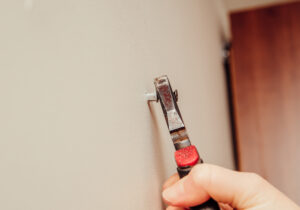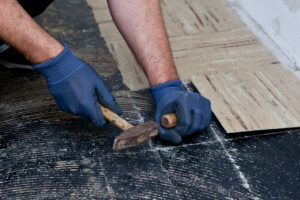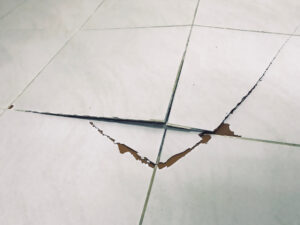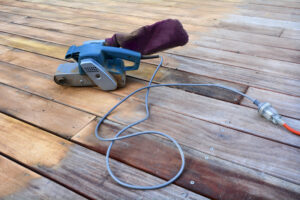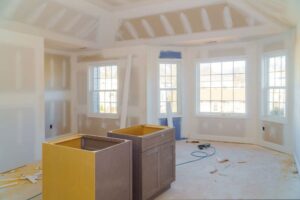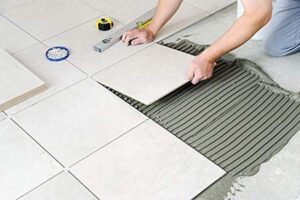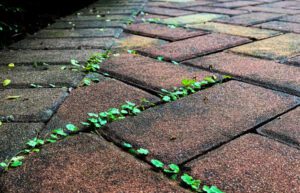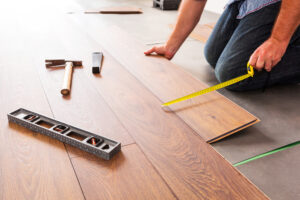Dry rot is a serious problem for timber, causing decay and structural damage if left untreated.
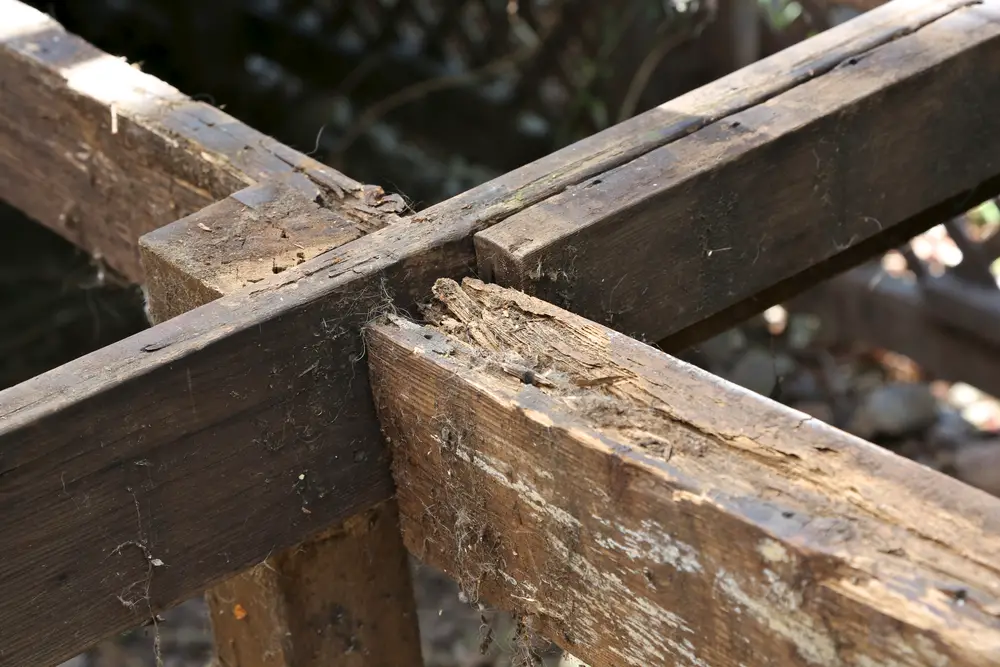
By learning how to detect dry rot early on, you can safeguard your wooden surfaces and take necessary measures to prevent further damage. In this guide, we will explore the steps you can take to identify dry rot in wood.
Key Takeaways
- Dry rot can cause serious damage to wood if left untreated.
- Learning how to identify dry rot early on can help you prevent further damage.
- Visual indicators, musty odor, and weak and crumbling wood are all signs of dry rot.
- Eliminating the moisture source and promoting ventilation can prevent dry rot growth.
- Regularly inspecting and maintaining your wood surfaces can help you catch dry rot early.
Understanding Dry Rot
If you are a homeowner, spotting the early signs of dry rot is important as it can cause extensive damage to your property if left untreated. Dry rot is a type of fungus that thrives in damp, poorly ventilated environments, and it feeds on wood causing decay over time. The fungus typically thrives in timber with a moisture content above 20%, making it crucial to identify the source of moisture to prevent dry rot from occurring.
The Fungal Culprit
Dry rot is caused by a type of fungus known as Serpula lacrymans. This fungus digests the cellulose in wood, causing decay and ultimately leading to structural damage. Dry rot is known for its ability to spread quickly through wood and masonry, making early detection crucial. The fungus will grow and produce a cotton wool-like web, which can be a sign of an advanced stage of decay.
The Impact on Your Property
Dry rot can cause extensive damage to your property if left untreated. It can weaken the structural integrity of wood, which can lead to serious problems such as sagging floors, cracking walls, and even collapse. The fungus feeds on wood, causing it to become brittle and crumbly, which can also make it a fire hazard.
Prevention is Key
To prevent dry rot, it’s important to keep your property dry and well-ventilated. This involves repairing any leaks and reducing moisture sources such as faulty plumbing and condensation. Ensure that air can flow freely throughout your property, by keeping vents and airbricks clear. Regular maintenance of your property, including painting and treating woodwork, can also help prevent dry rot.
In Summary
Dry rot is a destructive fungus that can cause significant damage to your property if left untreated. Identifying the source of moisture and addressing it promptly is key to preventing dry rot. By keeping your property dry and well-ventilated, you can help protect your home from this destructive fungus.
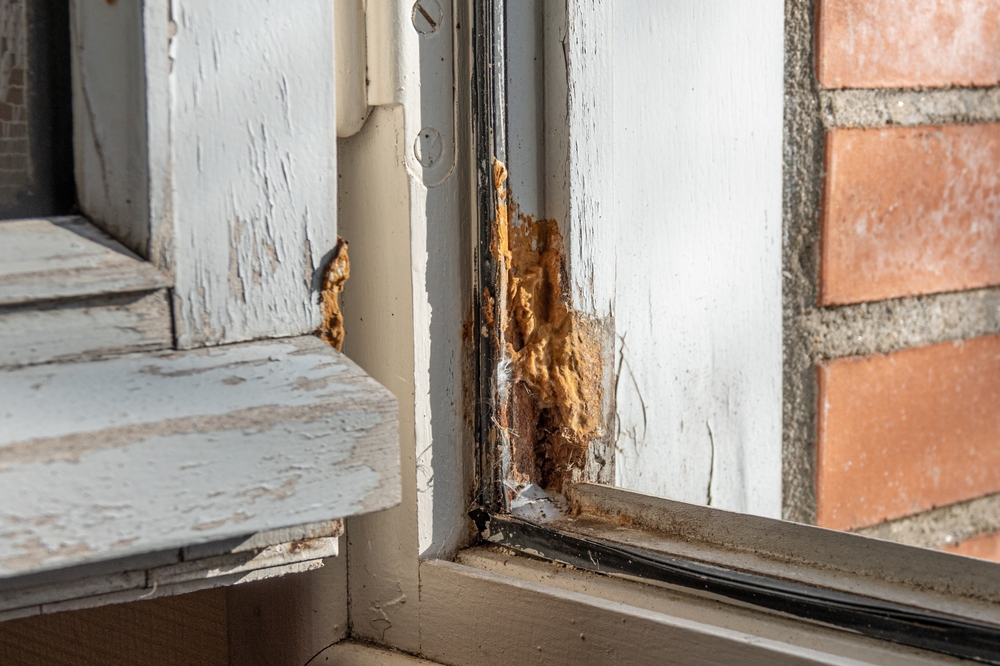
Visual Indicators of Dry Rot
If you suspect dry rot in your wood, there are several visual indicators you can look out for. Dry rot often appears as deep reddish-brown cuboidal cracking pattern on the surface of the affected wood. As the fungus grows, the wood becomes crumbly and brittle. If you tap the affected area, it may feel hollow or give way easily.
You may also notice white or yellow spore dust on the surface of the affected wood. This dust is made up of dry rot spores and can be a strong indication that the fungus is present.
Keep in mind that dry rot doesn’t always appear in a uniform pattern. In fact, it can often manifest in irregular shapes, making it difficult to detect. If you suspect dry rot, it’s best to consult a professional to help identify and address the problem.
Signs of Decay in Wood
Dry rot is just one type of decay that can affect wood. Other types of decay can have similar visual indicators, so it’s important to be able to differentiate the specific type of decay present in your wood. Some signs of decay to look out for include:
- Soft or spongy wood
- Mushroom or fungal growth
- Creaking or unusual noises when pressure is applied to the wood
If you notice any of these signs, it’s best to consult a professional to identify the specific type of decay present and recommend the appropriate treatment.
Regularly inspecting your wood for visual indicators of dry rot and other types of decay can help prevent further damage and ensure the longevity of your wooden surfaces.
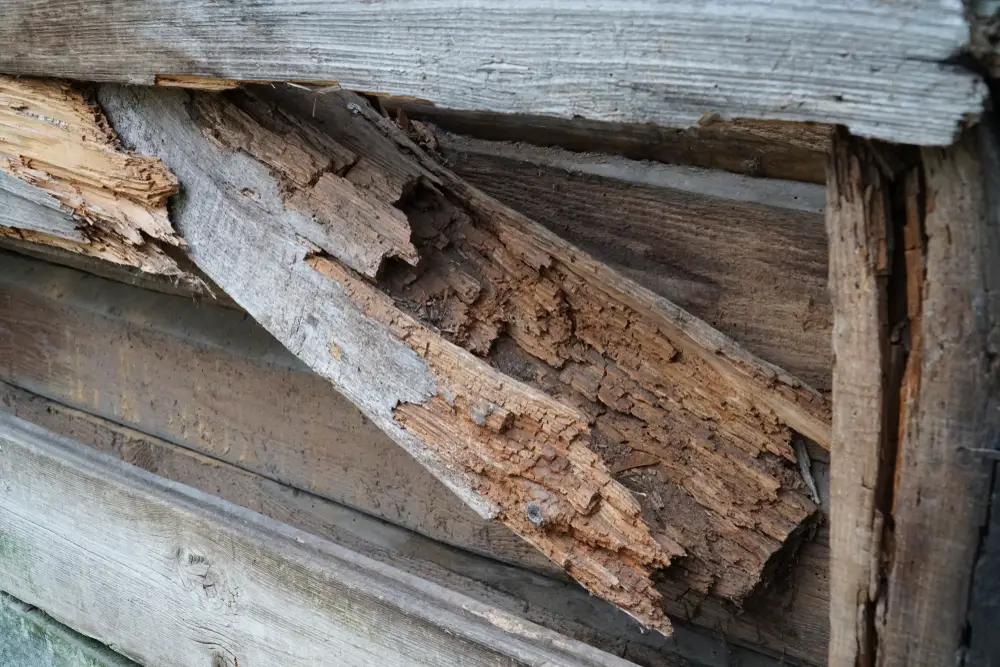
Musty Odor and Dampness
If you notice a musty, damp smell coming from your wooden surfaces, it is a clear indication of dry rot. The fungus thrives in damp, poorly ventilated environments and feeds on wood causing decay over time. In addition to the odor, dry rot tends to make the affected area feel damp or spongy to the touch due to the decayed wood fibers.
Dry rot can cause significant damage to wood structures, including decay and structural destruction. If left unnoticed, the damage can become more expensive to repair and can lead to safety hazards.
It is essential to identify and eliminate the source of dampness to prevent dry rot growth. Inspect the surrounding area for any leaks or excessive moisture. Adequate ventilation is also essential to prevent the buildup of damp conditions. Regularly inspecting and maintaining your wood surfaces can help catch dry rot early and prevent further spread.
Weak and Crumbling Wood
Dry rot can weaken wood, making it prone to crumbling and breaking apart. The affected wood may feel spongy or softer than usual. This weakened state can compromise the structural integrity of the wood, leading to potential structural damage.
It’s important to address dry rot as soon as possible to prevent further decay and damage. If left untreated, the structural damage can become severe and require costly repairs.
Shrinkage or Distortion
Dry rot can cause wood to shrink or distort, making it appear warped or misshapen. This distortion can further weaken the wood, making it more susceptible to breaking or collapsing. In addition to the identified visual indicators of dry rot, be sure to look out for any unusual changes to the shape or size of your wooden surfaces.
Dealing With Dry Rot
If you suspect dry rot in your wood, it’s important to take action immediately. Cutting out and replacing the affected wood is the most effective way to deal with dry rot. If the damage is severe, it’s advisable to call in a professional to ensure that the repairs are carried out safely and effectively.
To prevent further dry rot, it’s essential to eliminate the underlying cause – moisture. Ensure that surrounding areas are adequately ventilated, and address any leaks or sources of moisture as soon as possible. Regularly inspecting and maintaining your wood surfaces can help catch dry rot early and prevent further spread.
Moisture Source and Prevention
Dry rot is a fungal growth that thrives in damp conditions with a moisture content above 20%. Therefore, identifying and eliminating the moisture source is critical to preventing dry rot.
Inspect for Moisture Sources
Inspect the surrounding area for any leaks or sources of excessive moisture. This includes checking for burst pipes, leaks from roofs, gutters, or downpipes, and poor ventilation. Addressing these issues can drastically reduce the likelihood of damp conditions that promote dry rot growth.
Improve Ventilation
Good ventilation is essential to prevent moisture buildup and promote airflow, reducing the risk of dry rot. Ensure adequate ventilation in areas with high humidity, such as bathrooms, kitchens, and laundry rooms. Opening doors and windows, using exhaust fans, and installing air vents can all improve ventilation and prevent dampness.
Regular Inspections and Maintenance
Regularly inspecting and maintaining your wood surfaces can help catch dry rot early and prevent further spread. Promptly addressing any signs of dry rot can prevent it from spreading and causing structural damage. Maintaining healthy wood through regular cleaning and treatment can also prevent dry rot from taking hold.
By eliminating moisture sources and promoting good ventilation, you can effectively prevent and combat dry rot. Regular inspections and maintenance can help catch dry rot early and prevent costly damage to your wooden structures.
FAQ
How can I identify dry rot in wood?
Dry rot in wood can be identified by several visual indicators. Look out for crumbly, brittle wood that easily breaks apart. Dry rot often appears as a deep reddish-brown color, accompanied by a fine, cuboidal cracking pattern. You may also notice white or yellow spore dust on the surface of the affected wood.
What is dry rot and how does it occur?
Dry rot is a type of fungus that thrives in damp, poorly ventilated environments. It feeds on wood, causing decay over time. The fungus typically thrives in timber with a moisture content above 20%. It occurs when wood is exposed to excessive moisture and lacks proper ventilation.
How does dry rot affect wood?
Dry rot compromises the structural integrity of wood, making it weak and prone to crumbling. The affected wood may also exhibit signs of shrinkage or distortion. If left untreated, dry rot can cause significant damage to wooden structures and surfaces.
What should I do if I suspect dry rot in wood?
If you suspect dry rot in wood, it is important to take action promptly. First, identify and eliminate the source of moisture that is contributing to the dry rot growth. Repair any leaks or address excessive moisture in the surrounding area. Then, consider consulting with a professional to assess the extent of the damage and determine the necessary steps for treatment and prevention.
How can I prevent dry rot in wood?
To prevent dry rot in wood, it is crucial to address any moisture sources and ensure proper ventilation. Regularly inspect and maintain your wood surfaces, checking for signs of dampness or decay. Keep the surrounding area dry and well-ventilated. Taking proactive measures can help prevent the growth and spread of dry rot.
- Drill Battery Maintenance: Essential Tips for Cordless Drill Battery Care - February 5, 2024
- Troubleshooting Drill Issues - February 5, 2024
- Quick Drilling Techniques - February 2, 2024

